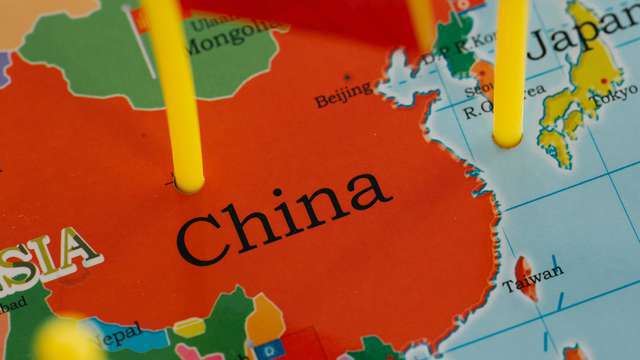
On Automation Trader channels, a lot of attention is devoted to technological development and its impact on the industry. A key criterion in this regard is the degree of robotization.
Table of Contents
The International Federation of Robotics (IFR) regularly publishes reports examining how individual countries implement robots into their industries.
Robots and geopolitics
Currently, South Korea leads the way, with 1000 industrial robots per 10,000 employees. Singapore also performs quite well, with 670 robots per 10,000 employees, followed by Germany and Japan, where the number reaches 400.
The level of robotization is not only an indicator of technological advancement but also a crucial element in the geopolitical chessboard, especially when it comes to major powers. Currently, there are significant differences between the giants.
We are, of course, talking about the USA and China, which compete in various fields and are compared in many aspects. Since the use of robots in industry is so important, this competition could not be excluded.
According to the IFR report, the Chinese are currently outperforming the Americans in this regard, boasting a robotization level of 322 machines per 10,000 workers. As for Americans, their robotization level currently stands at 274 robots.
The Chinese dragon devoured the rivals
These figures may not seem extremely impressive on their own, but when compared to the numbers from 2017 and the expected robot adaptation rates, China is clearly surpassing the USA. China achieved a result eight times better than expected, while the United States only managed to reach 70 percent of its projected plan.
This significant difference has a solid justification. Beijing set a goal in its plan for 2025 to increase the number of robots in the industry tenfold, and it invested substantial sums of money in pursuit of this goal.
In the province of Guangdong alone, 943 billion yuan (135 billion dollars) were allocated for this purpose, and in Anhui, investments in this sector reached 600 billion yuan (86 billion dollars). In addition, there are various incentives and facilitations for companies that align with the party's goals, as reported by "Asia Times."
If Americans wanted to respond, the only path would be through increased productivity. The problem is that, according to official figures from the Bureau of Labor Statistics, production in the United States has been on a downward trend over the past decade.
The conclusion? Washington could propose a 10% tax incentive for manufacturers and triple funding for the NIST Manufacturing Extension Service and the National Robotics Engineering Center. However, will the Biden administration decide to do so?






